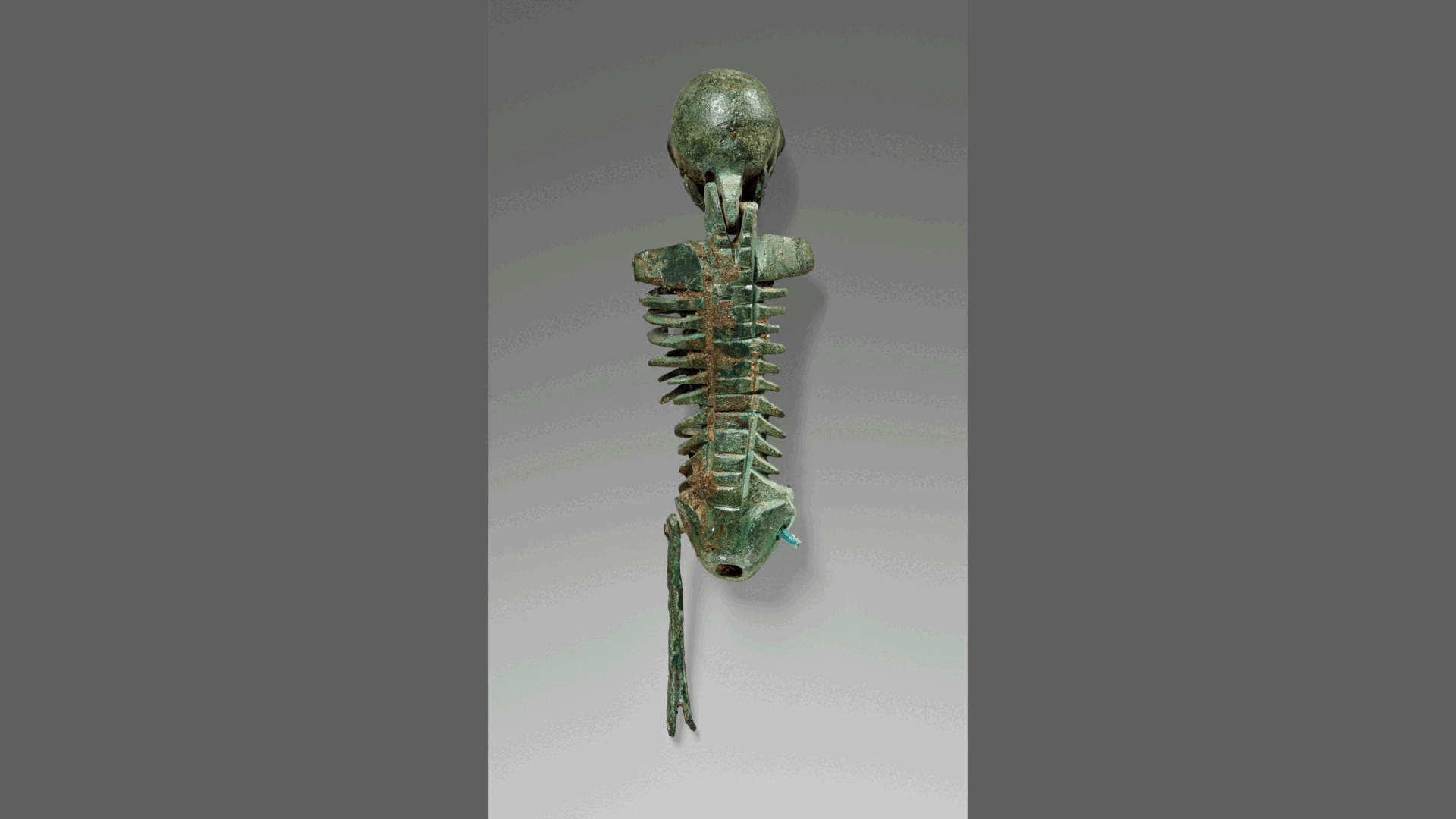In Photos: The Power of Poison Through Time
Jade goblet
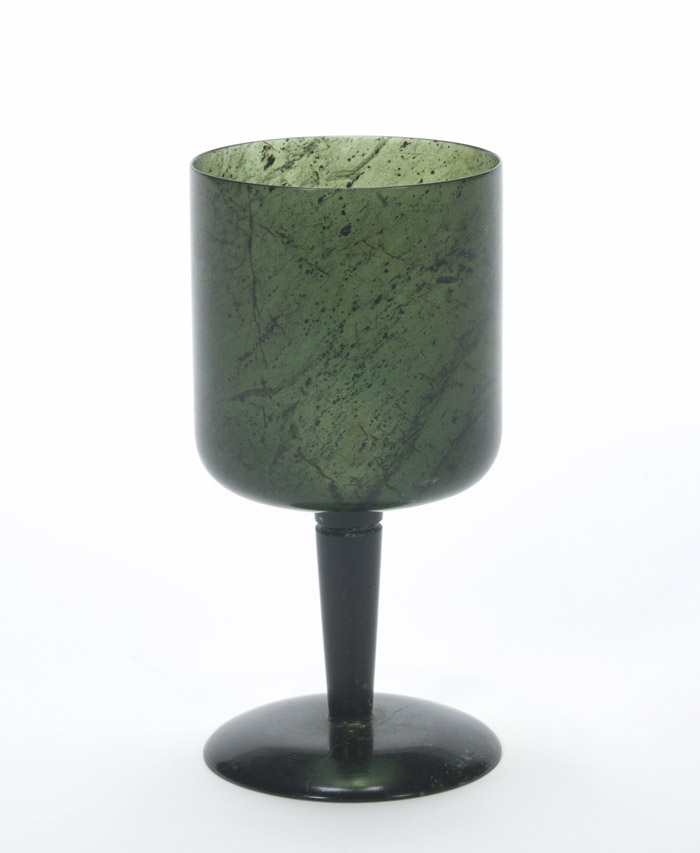
Stone cups made from jade, striped agate, or colorful rock crystal were prized in Europe because they were thought to purify wine and remove any poisonous elements. This goblet, along with other cultural artifacts associated with poisons and antidotes, will be featured in the Museum’s upcoming exhibition The Power of Poison, opening on November 16.
Fossil shark teeth
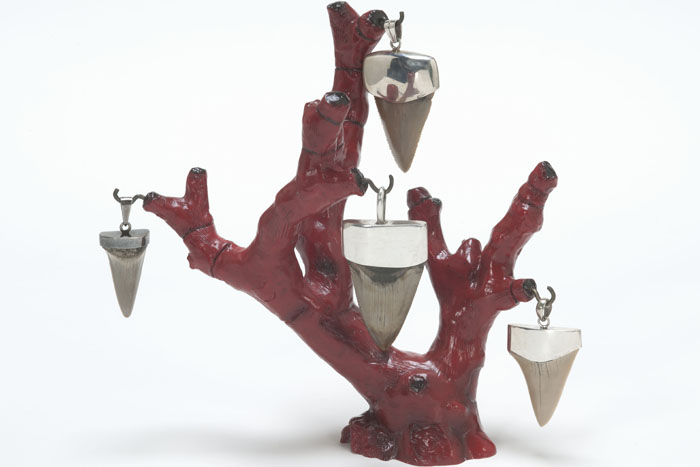
Centuries ago, Europeans thought fossilized shark teeth were the tongues of dragons. These “tongue stones” were worn as charms and dipped into food to purify it of poison. These fossils, along with other artifacts that illustrate the cultural diversity associated with poisons and antidotes, will be featured in the Museum’s upcoming exhibition The Power of Poison, opening on November 16.
Ammonite carved into snakestone
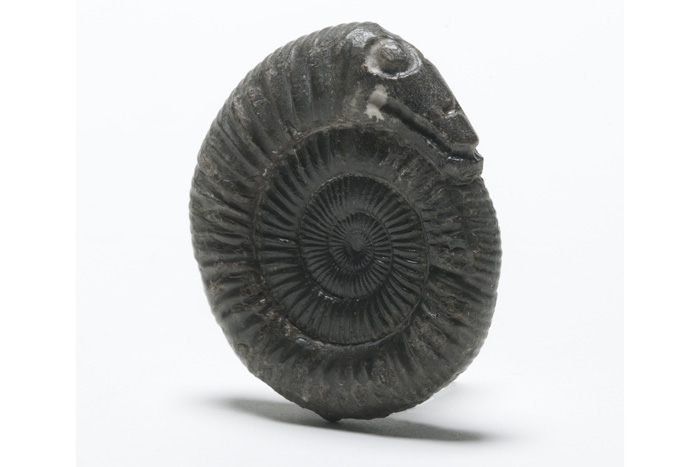
This spiral fossil comes from the shell of an ammonite, an extinct animal related to a modern nautilus. Such fossils were known as “snakestones” because of their coiled shape and were thought to have curative powers. Some artisans even carved snakeheads for them to enhance the resemblance. These fossils, along with other cultural artifacts associated with poisons and antidotes, will be featured in the Museum’s upcoming exhibition The Power of Poison, opening on November 16.
Agate Eyes
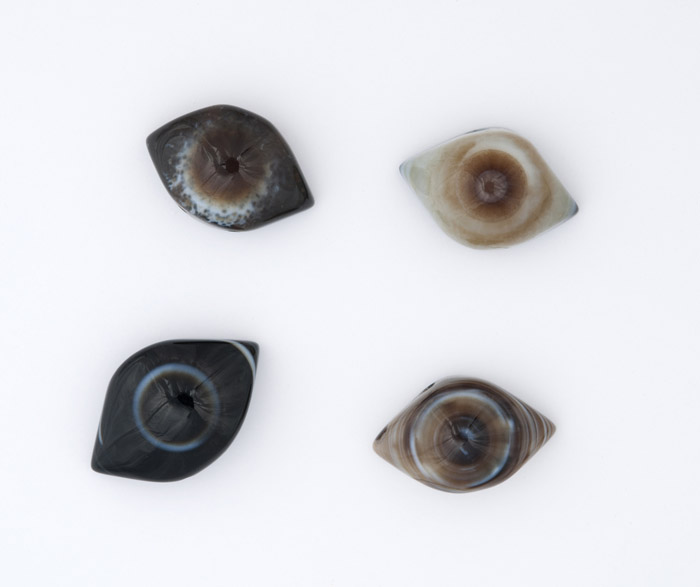
Striped stones known as agates would be ground up and drunk in wine to cure poisoning, or applied to the skin to cure snake, spider, or scorpion bites. Agates that resembled human eyes were thought to provide special protection. These agates, along with other cultural artifacts associated with poisons and antidotes, will be featured in the Museum’s upcoming exhibition The Power of Poison, opening on November 16.
Emeralds
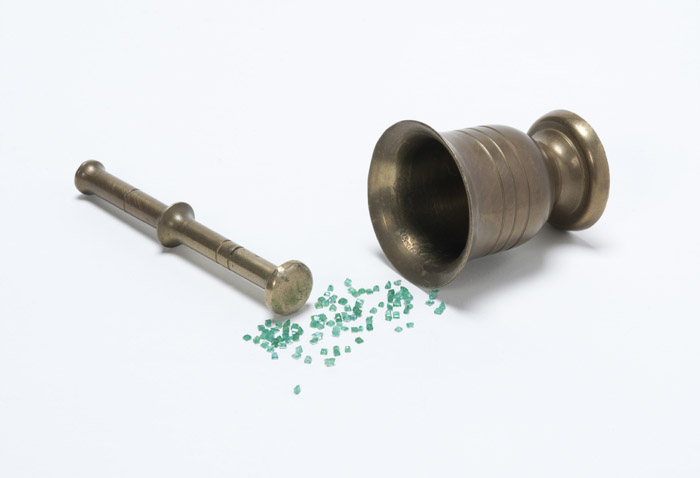
Emeralds and garnets and were said to protect against snake venom and other poisons as far back as the ancient Egyptians. These stones, along with other cultural artifacts associated with poisons and antidotes, will be explored in the Museum’s upcoming exhibition The Power of Poison, opening on November 16.
Cone snail shells

Predatory cone snails may move slowly, but their venom acts fast, paralyzing prey by interrupting nerve transmission to the muscles. Used medicinally, these toxins block pain signals from reaching the brain, yielding pain relievers more powerful than morphine. Cone snail toxins are also being studied to develop potential medicines for epilepsy, Alzheimer’s, and Parkinson’s disease. These, along with other toxins that have used in the service of medicine, will be explored in the Museum’s upcoming exhibition The Power of Poison, opening on November 16.
Chocó Rain forest diorama
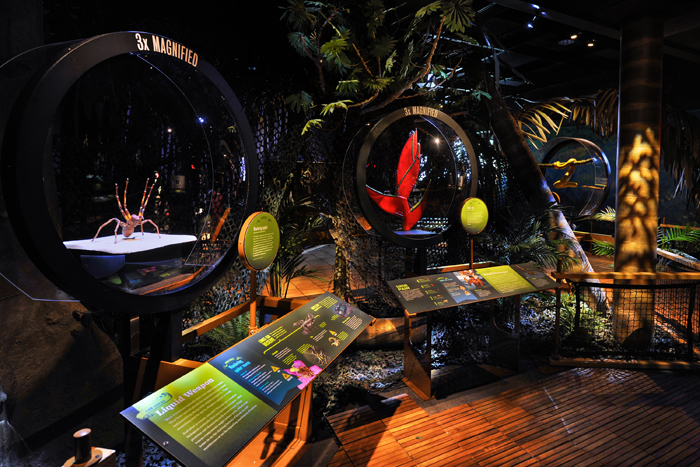
This life-size walkthrough environment of a remote Colombian forest called Chocó is full of life…and danger. But as you meet its occupants—a deadly frog, a sharp-spined caterpillar, or even a toxic vine—think of this: none of those weapons really target us. Poisons are just one tool of many in an organism’s struggle for existence. For the most part, when humans are bitten, stung, or poisoned, we’ve just been caught in the crossfire.
Get the world’s most fascinating discoveries delivered straight to your inbox.
Toxic Caterpillars
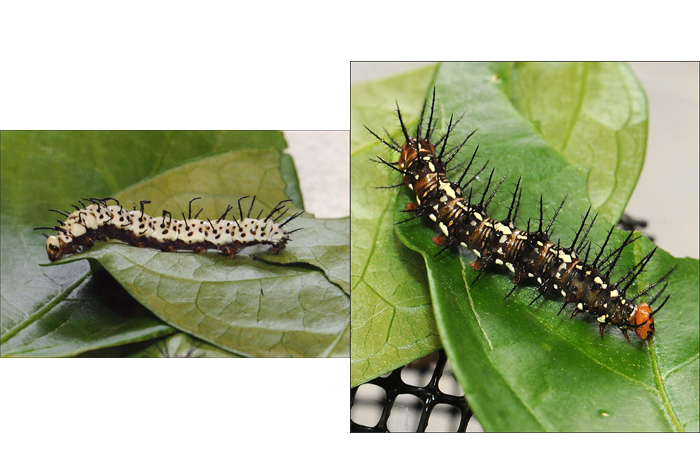
The striking caterpillars on display are larvae of two different butterfly species with ranges that include the Chocó—the zebra longwing and the flame butterfly. Both caterpillars have evolved the ability to feed on toxic passionflower plants. The spines of the zebra longwing caterpillar (left) and the orange and black coloring of the flame caterpillar (right) serve to advertise their bitter taste and warn predators to keep away.
Witches brew from Macbeth
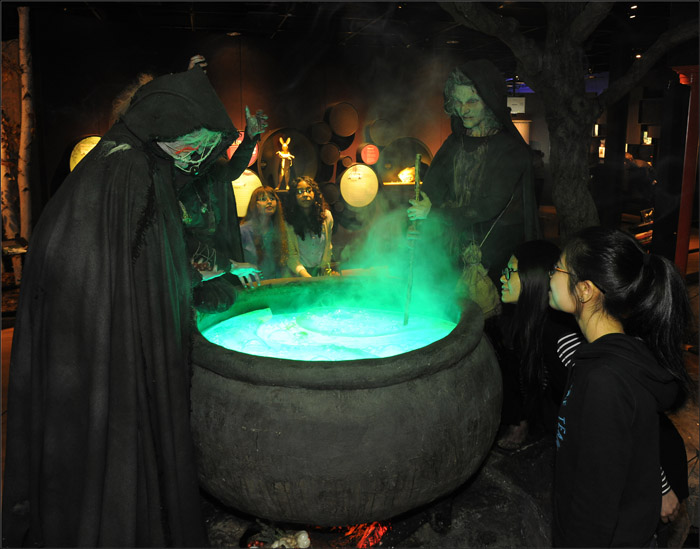
This life-size diorama re-creates a famous scene in William Shakespeare’s Macbeth that features a trio of witches dropping gruesome ingredients into a boiling cauldron. Shakespeare’s witches, who are summoning spirits to reveal the future, are drawing on the supposedly magical powers of a few highly poisonous plants: toxic wolfsbane, hemlock, and yew, among others.
Snow White
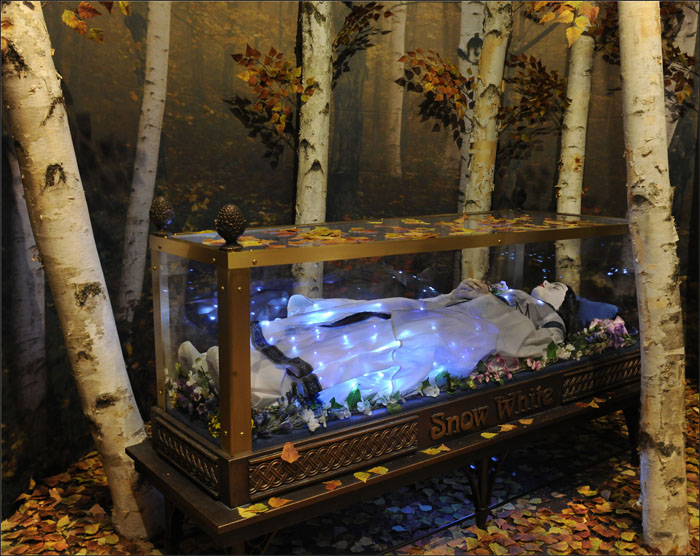
Pufferfish poison and some snake venoms interfere with nerve signals that make muscles move, but victims are otherwise wide awake. If put into an apple, a poison like the pufferfish’s tetrodotoxin could make someone collapse, unable to move. But a paralyzed person might revive fully, like Snow White, unless her lung muscles were affected. In that case, she would have been dead within minutes.

